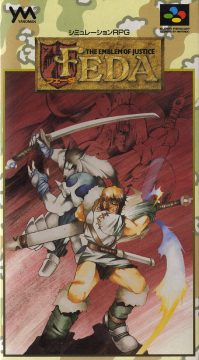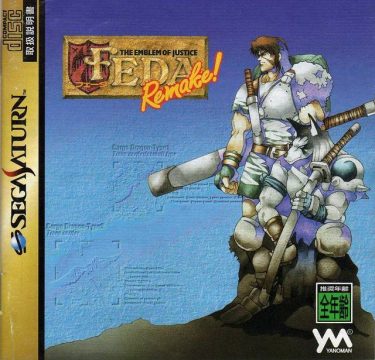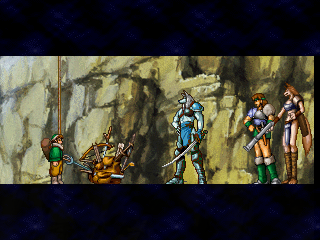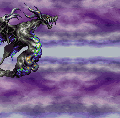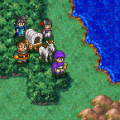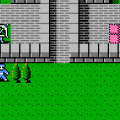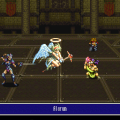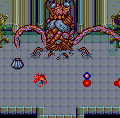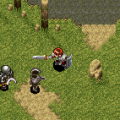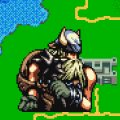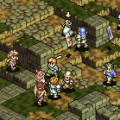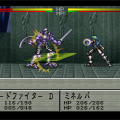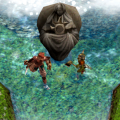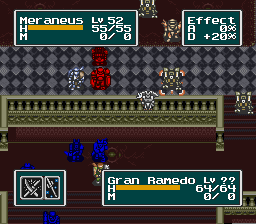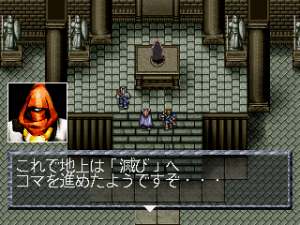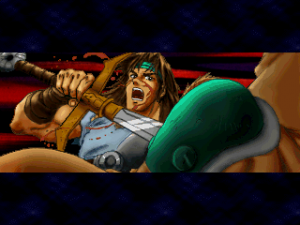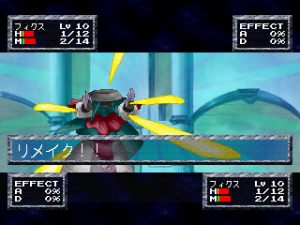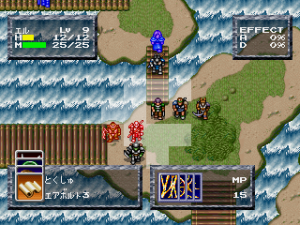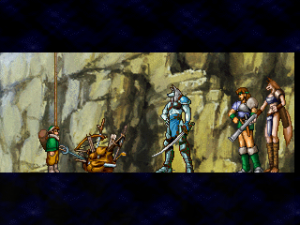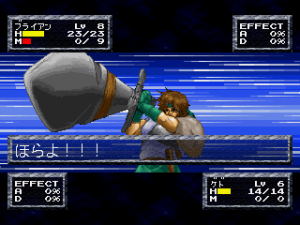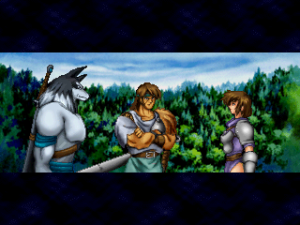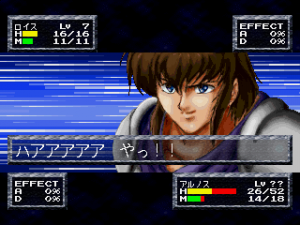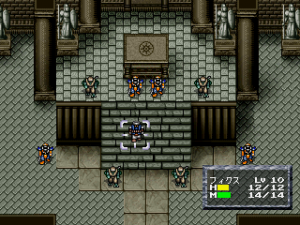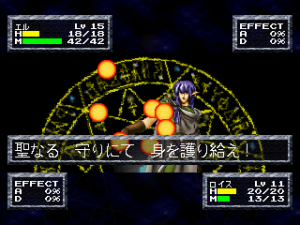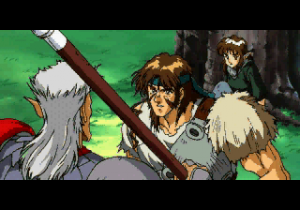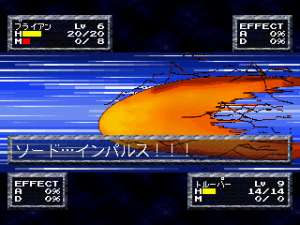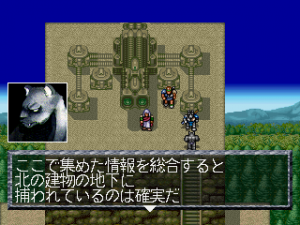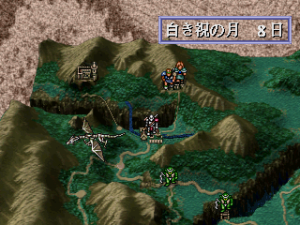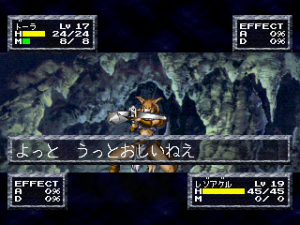- Feda: The Emblem of Justice
- Feda 2: White Surge the Platoon
In the early 1990s, Sega had captivated many people with Shining Force for the Genesis due to its unique take on the Tactical RPG genre. While similar in some ways to Nintendo’s Fire Emblem, the series exerted a great impact on the development of the genre, but there is one particular game that would be the answer to Shining Force. That game is Feda: The Emblem of Justice for the Super Famicom. It was developed by a small company called Max Entertainment and was published by Yanoman. At first glance, it seems like a knock-off to Shining Force. That’s because the artwork was created by the same character designer, Yoshitaka Tamaki. Although the flow of the game is identical to its Genesis counterpart, there are numerous aspects of the game that would set it apart from Shining Force. After its inception in 1994, it had spawned a remake and a sequel a few years later.
Feda: The Emblem of Justice and the sequel have shared a recurring theme: surviving the flames of war. Massive conflicts constantly break out due to corruption from a prominent empire. With weapons of mass destruction being constantly sought out, tensions and hostilities between different humanoid species are the norm. To many, peace is only a fleeting moment in Mildras Garz.
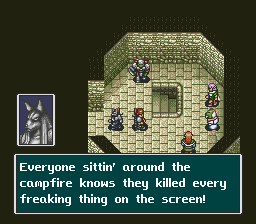
Super Famicom
The Feda series emphasizes a system based on emblems. In both games, those emblems tell your overall performance in combat. For example, did you do your objectives accordingly or how well did you manage your allies in battle? This will give you extra bonuses if you succeed. Lastly, both games have distinct objectives at the start of each battle. It’s up to you on how you approach them because your performance will change the battlefield. Although the first game and the sequel share many similarites, they take on vastly different approaches on the Feda formula. Unfortunately, the entire series has never seen the light of day outside of Japan; only Feda: Emblem of Justice for the Super Famicom has gotten the fan-translation treatment. (Please note that some of the character names used below are based on that translation.)
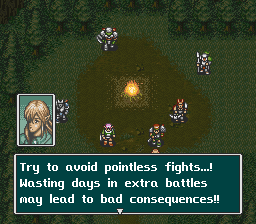
Super Famicom
The planet Mildras Garz is dominated by the demi-humans since the previous wars. Because of the outcome, the demi-humans had created the Balformia Empire. With most of the land occupied by the empire, the leaders have suggested totalitarianism among the weaker nations. The story revolves around two Balformian soldiers: Brian Stelbart and his Wolfling ally Ain Macdougal. Suffering from war weariness, Brian cannot tolerate anymore massacre among innocent people. He decides to stand up against his superiors as a result of his frustration towards the Balformian army. In consequence, he is about to be executed for defecting the Balformian Empire. Fortunately, Brian gets rescued by Ain and thus narrowly escapes death. As they run away from all the violence and oppression, the people of the Skudelian peninsula is planning to liberate itself from the Balformian Empire.
Characters

Brian Stelbart
A former Balformian soldier who seeks out isolation due to war weariness.

Ain Macdougal
Brian’s right-hand man. Though Ain is a very proficent fighter, he is very brash and not afraid to express his opinions.

Dora Systeel
A Foxling who helped out Brian and Ain during their escape. She wields a crossbow.

Roiss Hegkmeyer
A female soldier who is constantly looking for a leader for the liberation army.

Koumei
One of the tacticians of the Liberation Army. He is a major contributor of the guerrilla warfare throughout the peninsula.

Tusk Breastlate
Once a war comrade to Brian, he became corrupted by his lust for power.

Cobalt
A profound pope who is neutral towards the tensions between the empire and the liberation army.
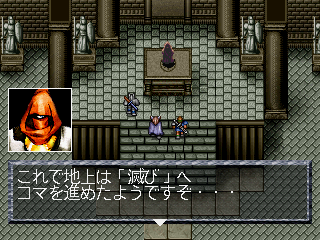
Saturn
As stated earlier, Feda borrows several elements from Shining Force. For example, you have the ability to freely explore the town and talk to people. Next, the flow of the battle follows a similar suit to most other tactical RPGs; move to a gridline battlefield, select your target and a flashy animation will proceed. Although the order of turns is based on each character’s speed, you can choose anyone to move around. The overall flow of the battle tends to be very sluggish due to the fact that you cannot turn off the attack animations. As far as similarities go, this is where the two games diverge.
Feda: The Emblem of Justice puts a strong emphasis on its alignment system. It’s not based on plot choices commonly seen in other RPGs, though, but relies more on the gameplay aspects. For example, at the start of a battle, you are presented with certain conditions. It’s up to you to follow or defy orders. Whatever your decisions are, the pace of the battle varies. The battle can be over within a few turns or it could last for quite a long time. Focus on the objectives and you could be in for a challenge. Also, how well you manage your characters in battle also affects the outcome. When you are in the frontlines, for instance, and you let your allies take heavy damage, you of course have to heal them as a result, but this could lead to a demotion due to your carelessness. At the end of the battle, someone who strictly follows orders will be handsomely rewarded with experience bonuses. In the opposite case, chances are that your alignment will change to a more chaotic side and no experience bounses will be handed out. When allies get captured in battle, you will have to go to a rescue mission to save them. However, the rescue mission will cost you dearly, as it brings you even closer to the chaos alignment. As for the protagonists, it’s an instant game over if one of them dies in battle.
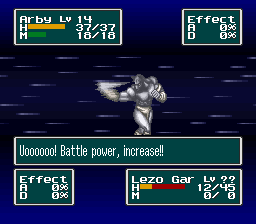
Super Famicom
The actions of what you’ve done on the battlefield will be evaluated through the emblem system. Naturally, you start out as a Viper, a neutral alignment emblem. Follow orders and you are one step closer to the Feda Emblem, the highest order of the law alignment. Act rebellious and you will gradually earn the Genocide Emblem, the most chaotic alignment in the game. One should keep those rankings in mind, as they will determine what characters one will recruit for the rest of the game. There are characters who are neutral while the others are based on your current alignment. Unfortunately, it’s difficult to maintain allies who are on the opposite alignments. For example, if you are currently on the law alignment and you suddenly feel chaotic and start disobeying orders, you will run to a risk of party members permanently leaving your party. Even if you try to stay neutral, some of the alignment-sensitive characters will leave your party before you even hit Viper. Like in many comparable RPGs, your ranking determines the ending; about four of them in total. You have to decide early on which path to take, though. Although it sounds a bit daunting, this allows for some replay value.
The music in Feda is mediocre overall. For the first few chapters, you are going to hear the same tune numerous times. When the game actually does change up the music, the more interesting tunes are only played a few times. Tactical wise, you might exploit many tricks due to the inept AI. Regardless of the presence of other characters, the enemies are likely to target the main heroes. So if you have a critically wounded supporting character and Brian is standing right next to him, sometimes the enemy will go after Brian instead of finishing off the wounded one. This can lead to many dumbfounding moments. Even though the ranking system can sound stressful, with the right exploits, anyone can easily clear the game. But be careful though, there are some moments of where critical design flaws can occur. There will be times that you are forced to disobey orders, which then leads to a demotion in your rankings. This can be very problematic for those who are trying to go for the Feda Emblem. Fortunately, some of the problems presented on the SFC version were addressed in the remake.
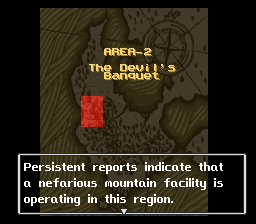
Super Famicom
In 1996, Max Entertainment decided to remake Feda: The Emblem of Justice for the Sega Saturn. The remake boasts many enhancements in almost every aspect of the game. The graphics are much more vibrant than their SFC counterpart. Many of the important scenes found throughout the game now have in-game cutscene with voice-acting on it. Also, there are some scenes in the game replaced by anime FMVs. Many of the soundtracks are remixed along with several original tracks thrown in the mix. Finally, two new characters are added in the remake; one from each end of the alignment system.
Next, minor gameplay tweaks were added. For example, there are some characters in the SNES/SFC version who do not have any special attacks, which is rectified now for most of them. Even the main characters gain additional attacks alongside with their existing ones. Finally, the emblem system is rebalanced so that getting the Feda or the Genocide ranking is not as easily obtainable as in the SFC version. This could be a double-edge sword for some people. On one hand, now it’s easier to get some characters from opposite ends of the alignment to fight alongside. As a result, some of the forced decisions are not as severe as before. On the other hand, it’s much harder to get closer to one of the extreme ends of the alignment spectrum. The only way to make a significant shift is doing the alignment sensitive missions.
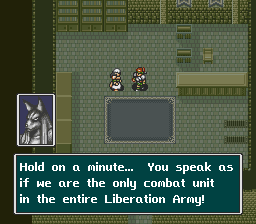
Super Famicom
While this sounds like the Saturn remake was the definitive version, there are glaring flaws involved. The Saturn version retains the dumb AI of the original, so the enemies keep preferring to attack the protagonists over the other characters in the vicinity. Despite the significant overhaul, the in-game cutscenes look like they come from a low budget Sega-CD game. Some of the voices are not in-sync with the mouth movement; to a point that the characters are talking off-screen. It’s disappointing because the voiceovers and the FMVs were actually well-presented for its time.
Comparison Screenshots
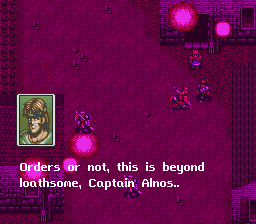
Super Famicom

Saturn
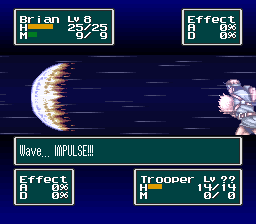
Super Famicom
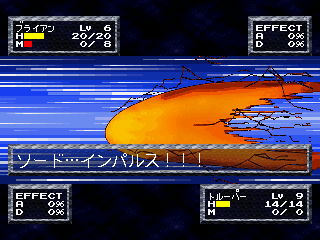
Saturn
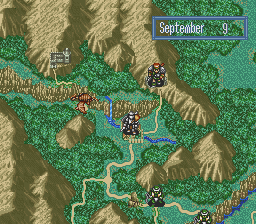
Super Famicom
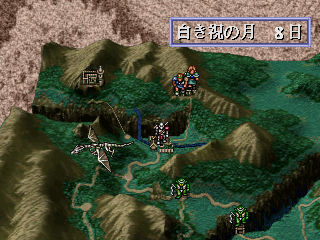
Saturn
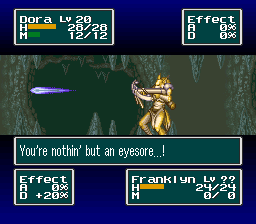
Super Famicom
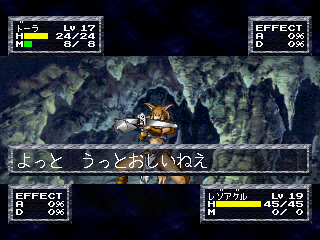
Saturn
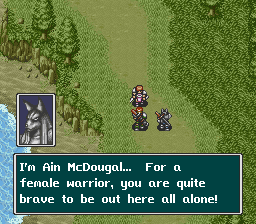
Super Famicom
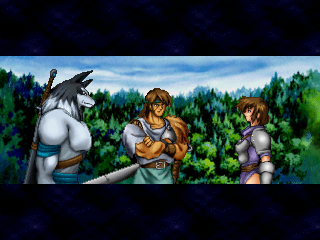
Saturn
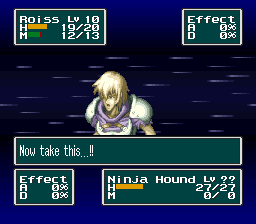
Super Famicom
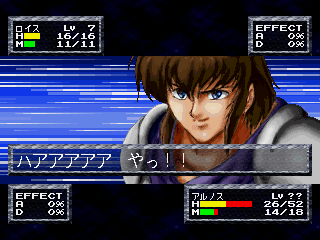
Saturn
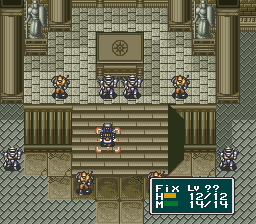
Super Famicom
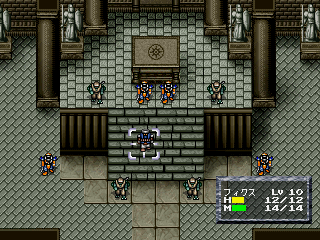
Saturn
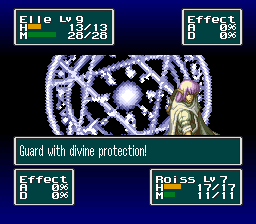
Super Famicom
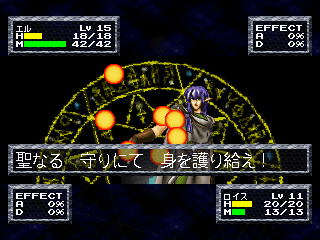
Saturn
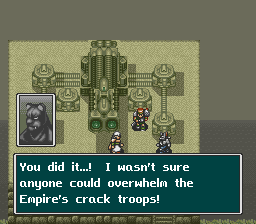
Super Famicom
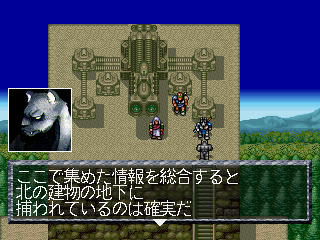
Saturn
